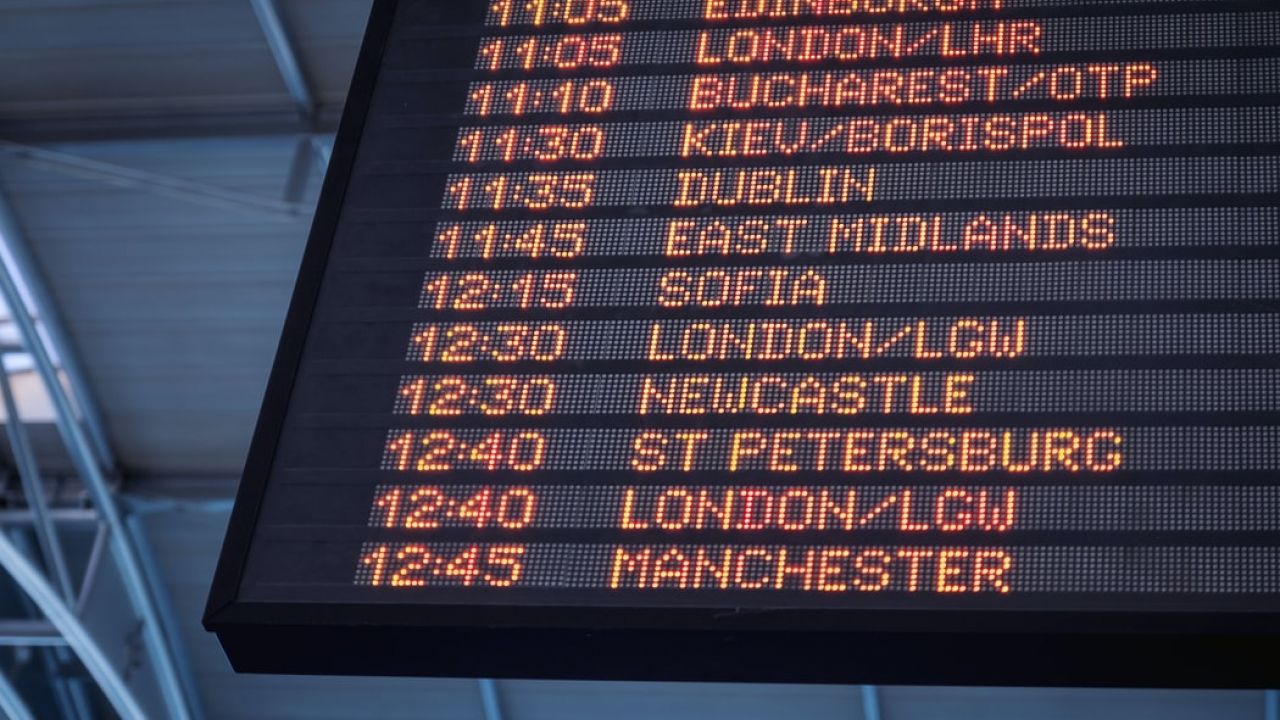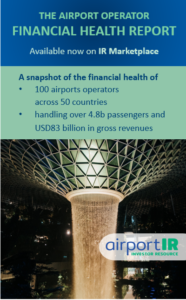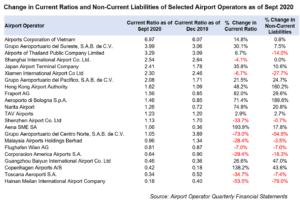Maintaining the Liquidity of Airport Operators during the COVID19 Crisis
Justin Lee
February 10, 2021

It appears 2021 will continue to be a challenging year for airport operators all around the world with the global airport industry still facing difficulties recovering from the crisis caused by the COVID19 pandemic.
ACI World had expected the airport industry to generate revenues of about USD172 billion in 2020 but the impact of COVID19 on airport revenues is likely to see that figure reduced by 65% from USD111.8 billion to USD60.2 billion. Meanwhile, recovery for the air transport industry is still being hampered by restrictions on travel in many parts of the world as the pandemic shows little signs of abating.
Under current business conditions, regular cash flows from passenger operations continue to be severely disrupted. In order to maintain their liquidity, airport operators have been taking a double-pronged approach with regards to cash flow.
On one hand, cash outflows have to be minimized – and this has been done by:
- Reduction of operational expenses (e.g., reduction of staff headcount)
- Reduction of capital expenses (e.g., forgoing non-essential capital expansion projects)
- Negotiation with lenders to postpone/refinance existing loan payments
- Negotiation with governments for the extension of concession periods or reduction of concession payments
- Suspension of dividend payments
On the other hand, airport operators have to continue increase the inflow of cash by:
- Developing new business streams
- Improving accounts receivable collection
- Drawing down on existing credit facilities
- Negotiating for additional loans
- Negotiating for government financial support
- Raising equity capital
- Sales of capital assets
The key indicator of liquidity for the airport operator in such times would be the current ratio (calculated by dividing current assets over current liabilities). The current ratio is a liquidity ratio that measures a company’s ability to pay short-term obligations or those due within one year. A ratio under 1 indicates that the company’s debts due in a year or less are greater than its current assets (cash or other short-term assets expected to be converted to cash within a year or less.
A compilation of the current ratios of 22 airport operators based on their most updated publicly-released financial results in Sept 2020 showed that slightly less than half (9) of these airport operators had a current ratio of above 1.5, a figure that would put the airport operator in a relatively safe liquidity position. A total of 13 of these airport operators saw an increase in their current ratio in September 2020, indicating an improvement in their liquidity position. More importantly, the study shows that the almost all of these airport operators which saw an increase in current ratio from Dec 2019 also saw an increase in non-current liabilities over the same period.
Effectively, this indicates that these airport operators had taken up additional long-term debts to improve their liquidity. In fact, the correlation coefficient between the change in current ratio and change in non-current liabilities for this group of 22 airport operators is 0.5, which suggests a moderate correlation between additional long-term debt and improving liquidity.
Nevertheless, while the provision of financial support to every airport operator would be ideal, there are always limits with regards to the availability of funding to the entire airport industry. Given such constraints, there is a need to understand the financial health of airport operators before the onset of the pandemic in order to identify the best airport managers, which should be in a better position to navigate the airports through the crisis. Apart from taking up additional long-term debt, airport operators that are able to think innovatively to develop new and lucrative business streams in order to increase their inflow of cash would be in a much better position to survive this crisis.


